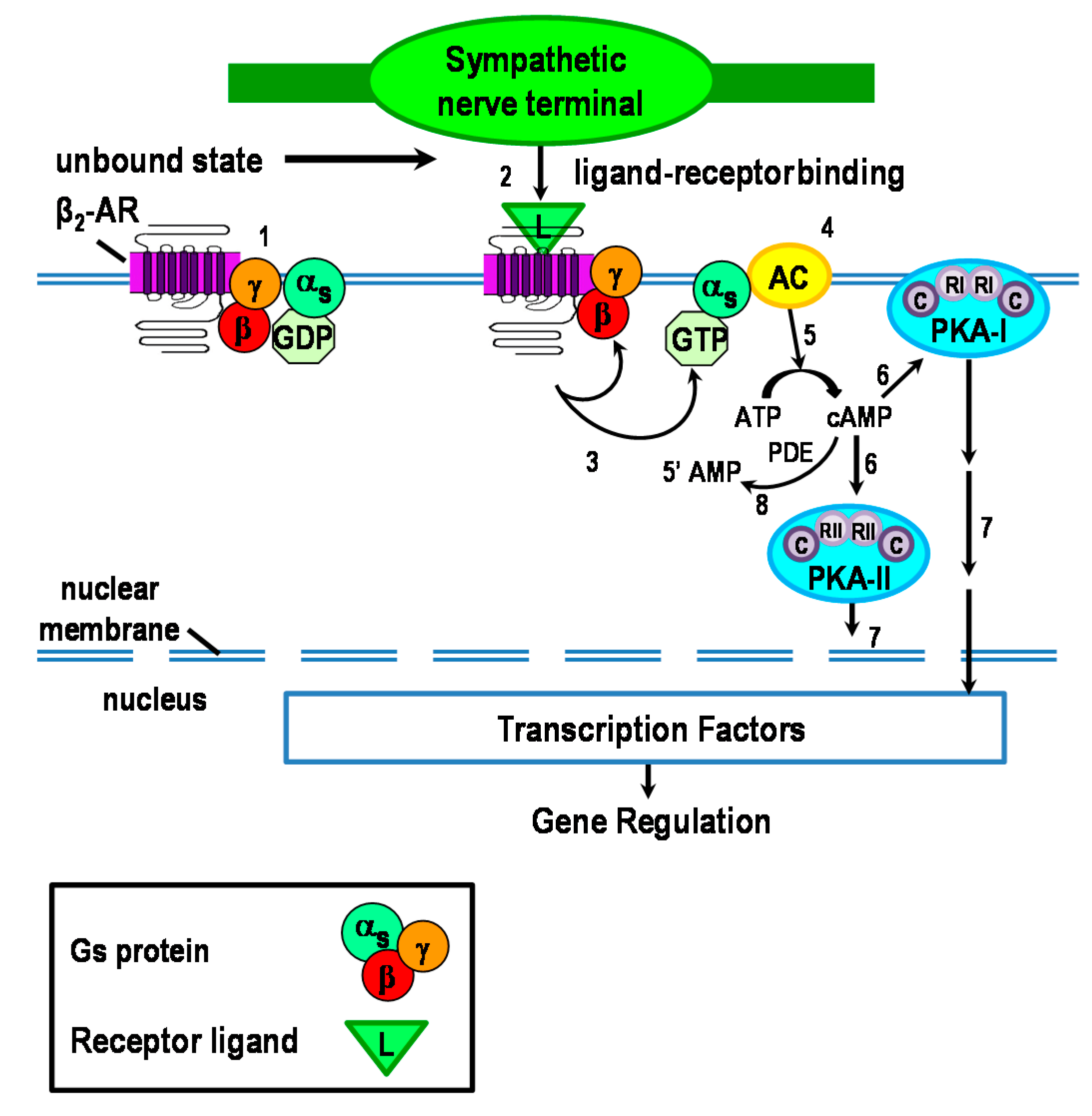
Communication between nurses, pharmacists, and physicians will improve the care for the patients needing alpha-1 agonists and prevent comorbidities. Patient-centered care will entail the healthcare provider discerning when a systemic alpha-1 agonist is genuinely a necessity or when an alternative vasopressor could be implemented to avoid the risk of adverse effects. These agents modify vascular smooth muscle contraction and also have powerful positive inotropic effects.

Communication between the various members of the interprofessional healthcare team is crucial to ensuring that the patients receive the appropriate dose following an effective timeline. įDA approved indications for selected alpha-1 agonists (off-label uses indicated when applicable):Īlpha-1 agonists have a diverse range of uses, settings, and acuities. It is worth noting that the alpha agonist often used for this indication, apraclonidine, lowers aqueous production through concurrent alpha-2 effects while vasoconstriction occurs through alpha-1 effects. The ability to decrease intraocular pressure primarily takes place by lowering aqueous production along with a slight effect from inducing vasoconstriction in the conjunctiva. Nasal decongestive effects occur by the induction of local vasoconstrictive effects in the respiratory microvasculature, which leads to a decrease in edema and airflow resistance. Other lower acuity indications for alpha-1 agonists would include glaucoma (to lower intraocular pressure) and the use of nasal decongestants. Often patients receiving an alpha-1 agonist are concurrently undergoing fluid resuscitation, for example, sepsis or septic shock, cardiopulmonary arrest, and heart failure decompensation.

Higher acuity indications for alpha-1 receptor agonists include cases of vasodilatory shock, hypotension, and hypoperfusion. Alpha-1 adrenergic receptors are present on vascular smooth muscle and myocardial tissue therefore, stimulation causes vasoconstriction and positive inotropic effects, respectively.


 0 kommentar(er)
0 kommentar(er)
